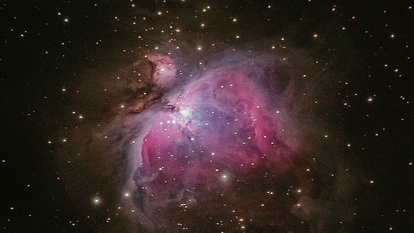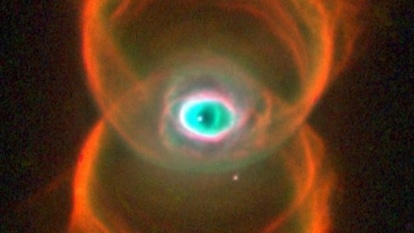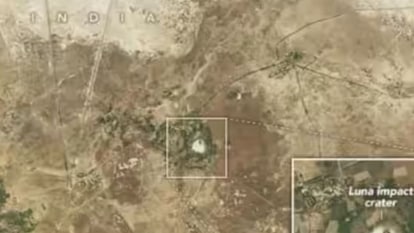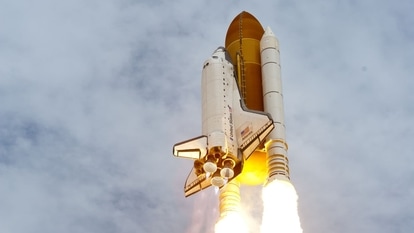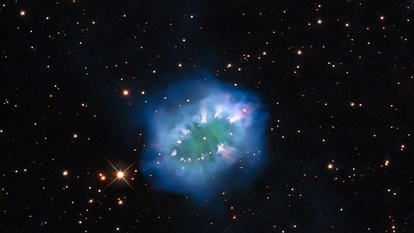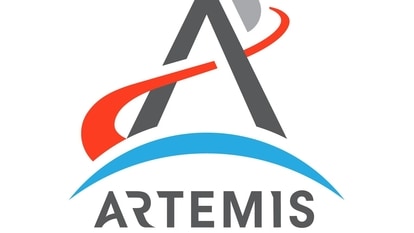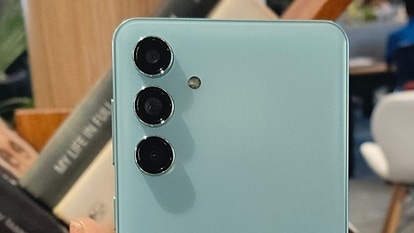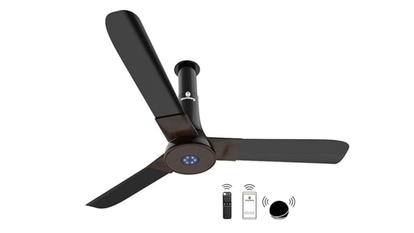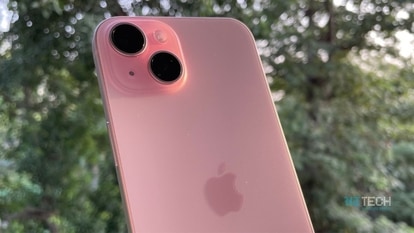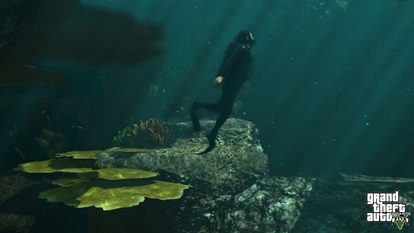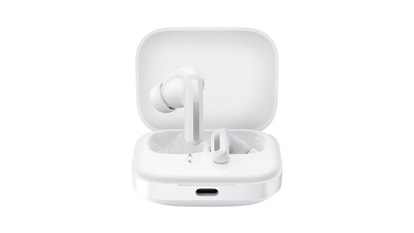52-feet Apollo group asteroid tracked charging towards Earth by NASA; Know details
Yet another asteroid flyby is imminent as NASA has tracked Asteroid 2020 PP1 hurtling towards Earth, and it could have a close encounter with the planet soon.
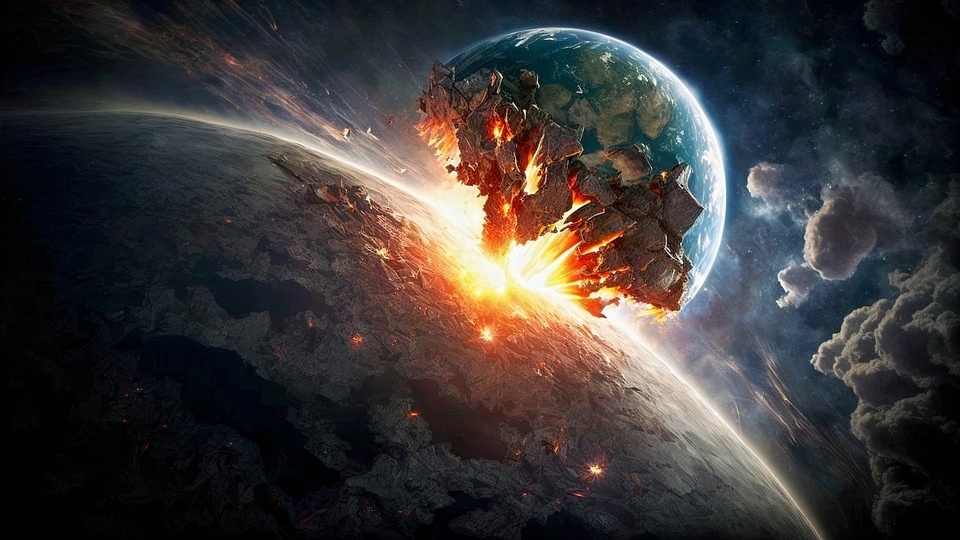
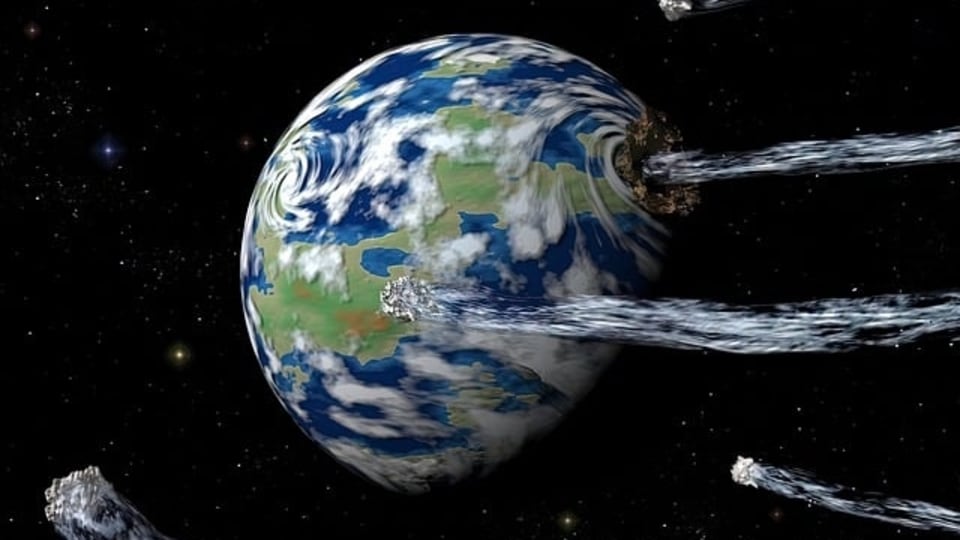
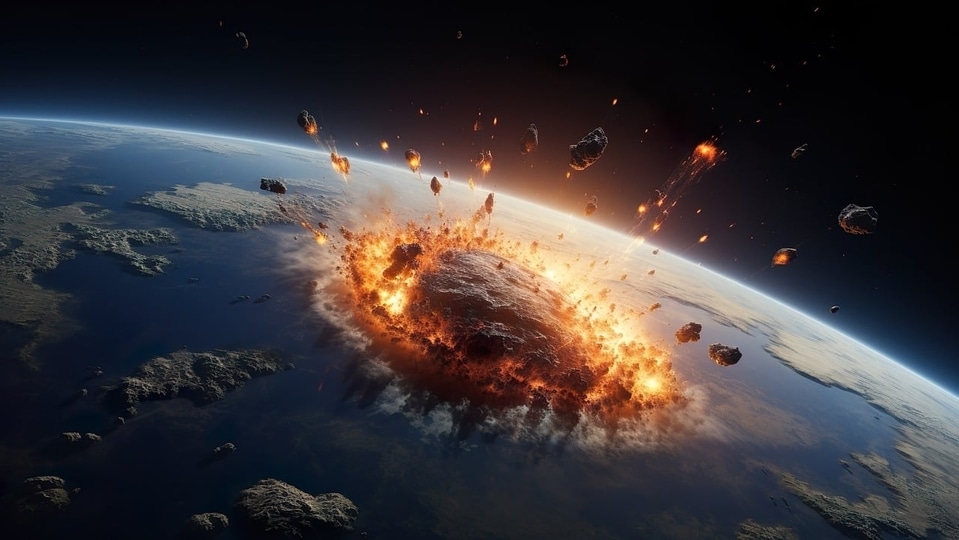
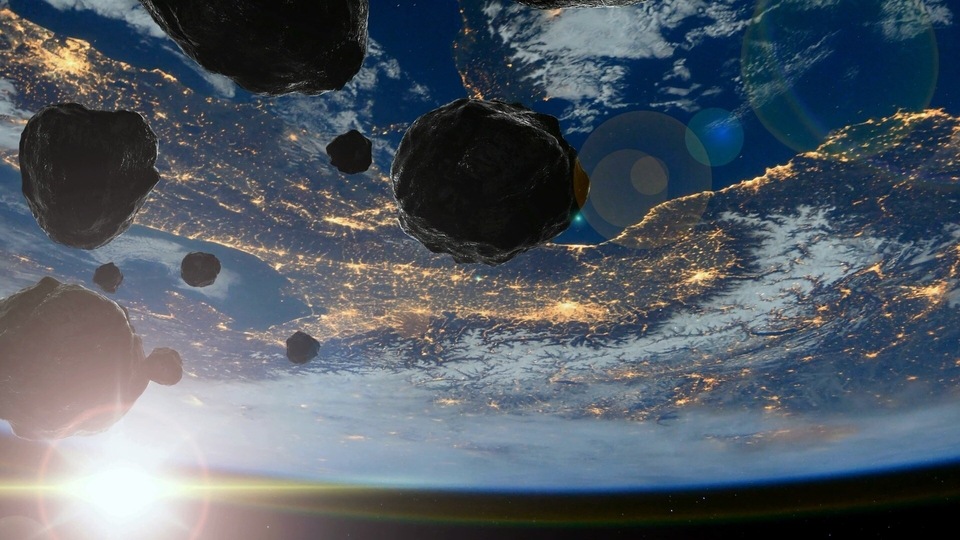
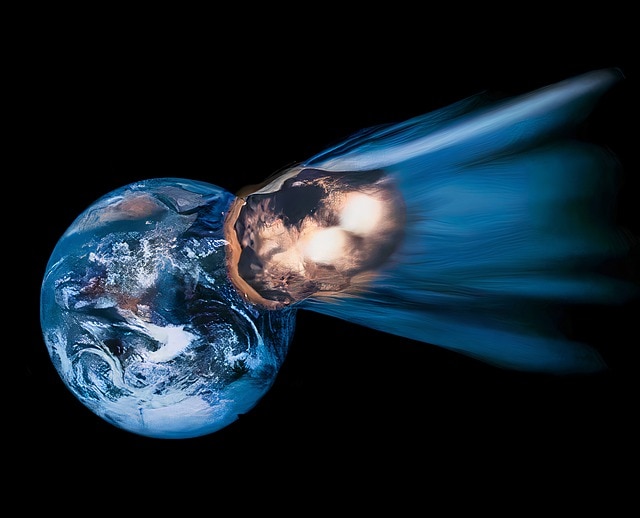
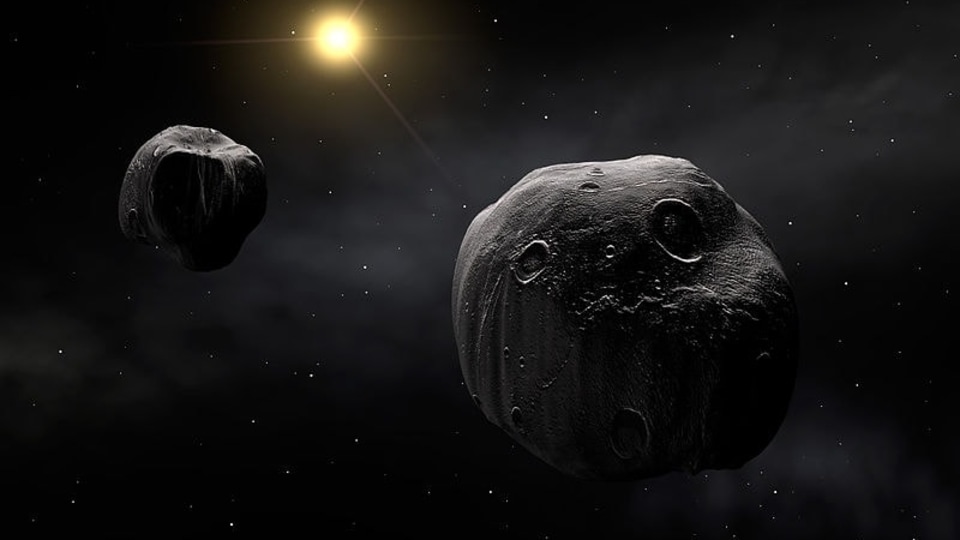
 View all Images
View all ImagesNASA, with the help of its advanced ground and space-based telescopes, has tracked an asteroid whose orbit will bring it very close to Earth in the coming days. According to the details published by the Center for Near-Earth Object Studies (CNEOS), an asteroid, given the designation of Asteroid 2020 PP1, is on its way toward Earth and could make its closest approach to the planet tomorrow, July 28.
As per the details, Asteroid 2020 PP1 is expected to make its closest approach to the planet at a distance of just 6.5 million kilometers, and at a speed of 14641 kilometers per hour which is much faster than Intercontinental Ballistic Missiles (ICBMs)!
It belongs to the Apollo group of Near-Earth Asteroids, which are Earth-crossing space rocks with semi-major axes larger than Earth's. These asteroids are named after the humongous 1862 Apollo asteroid, discovered by German astronomer Karl Reinmuth in the 1930s.
How big is the asteroid?
Asteroid 2020 PP1 is just 52 feet wide, which makes it almost as big as a house. According to NASA, the asteroid that is approaching Earth isn't big enough to be classified as a Potentially Hazardous Object, and it is not expected to hit the surface. Thus, at the moment we're safe from its impact. But things could change anytime as it could get knocked off its course due to interaction with a big planet's gravitational field, which could send it tumbling toward Earth.
Asteroid - the source of water on Earth?
Until now, it was believed that water was already present on Earth from the earliest times. However, a recent study has made an astonishing discovery that puts this very thought into doubt. The study has revealed that water may have originated on asteroids. The study was conducted after collecting samples from an asteroid called Ryugu by the Japanese Hayabusa-2 space probe during a 6-year space mission. The probe gathered 5.4 grams of dust and rock samples from the asteroid which scientists used to gather information on the origin of life.
The study said, "Ryugu particles are undoubtedly among the most uncontaminated Solar System materials available for laboratory study and ongoing investigations of these precious samples will certainly expand our understanding of early Solar System processes.”
Catch all the Latest Tech News, Mobile News, Laptop News, Gaming news, Wearables News , How To News, also keep up with us on Whatsapp channel,Twitter, Facebook, Google News, and Instagram. For our latest videos, subscribe to our YouTube channel.



